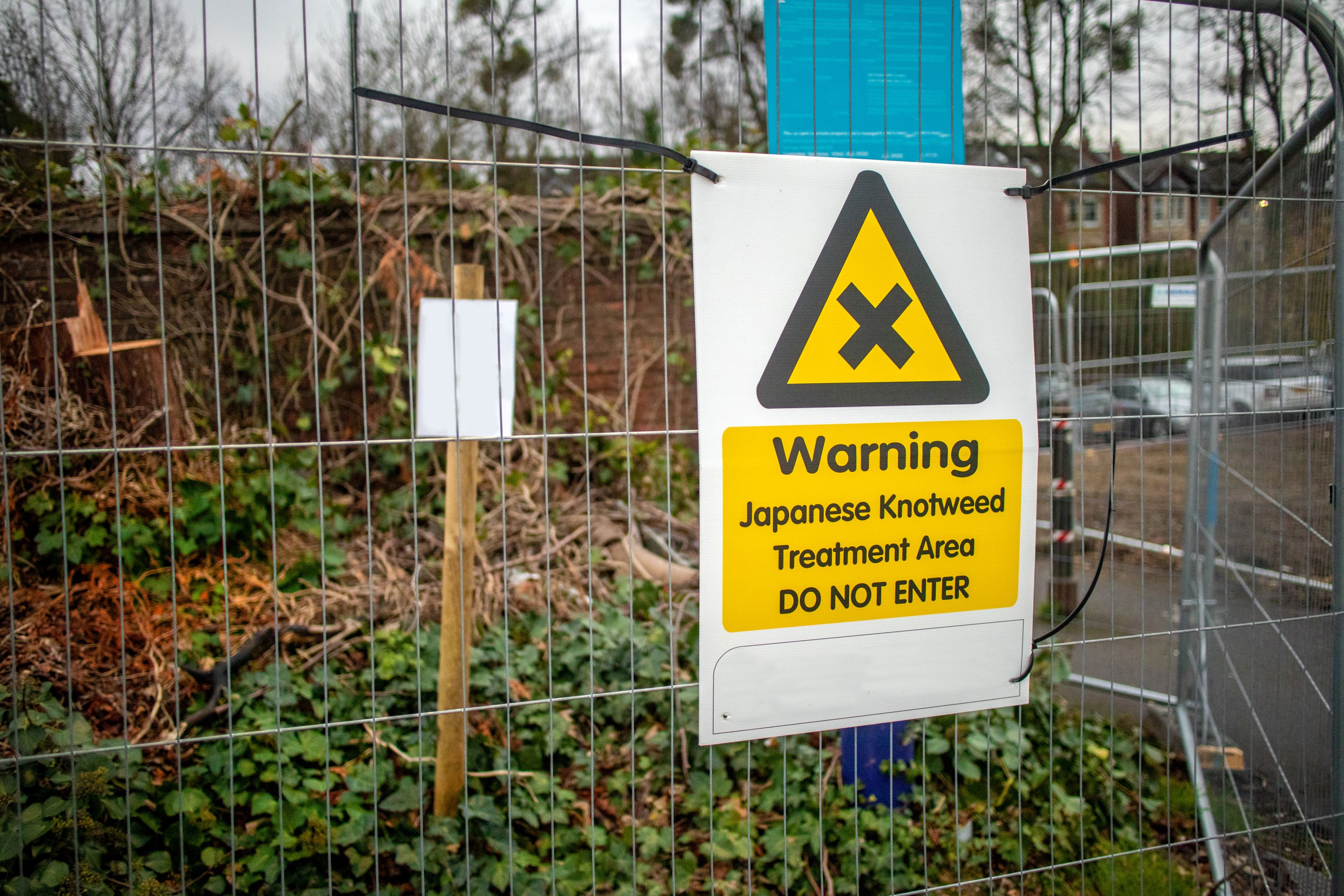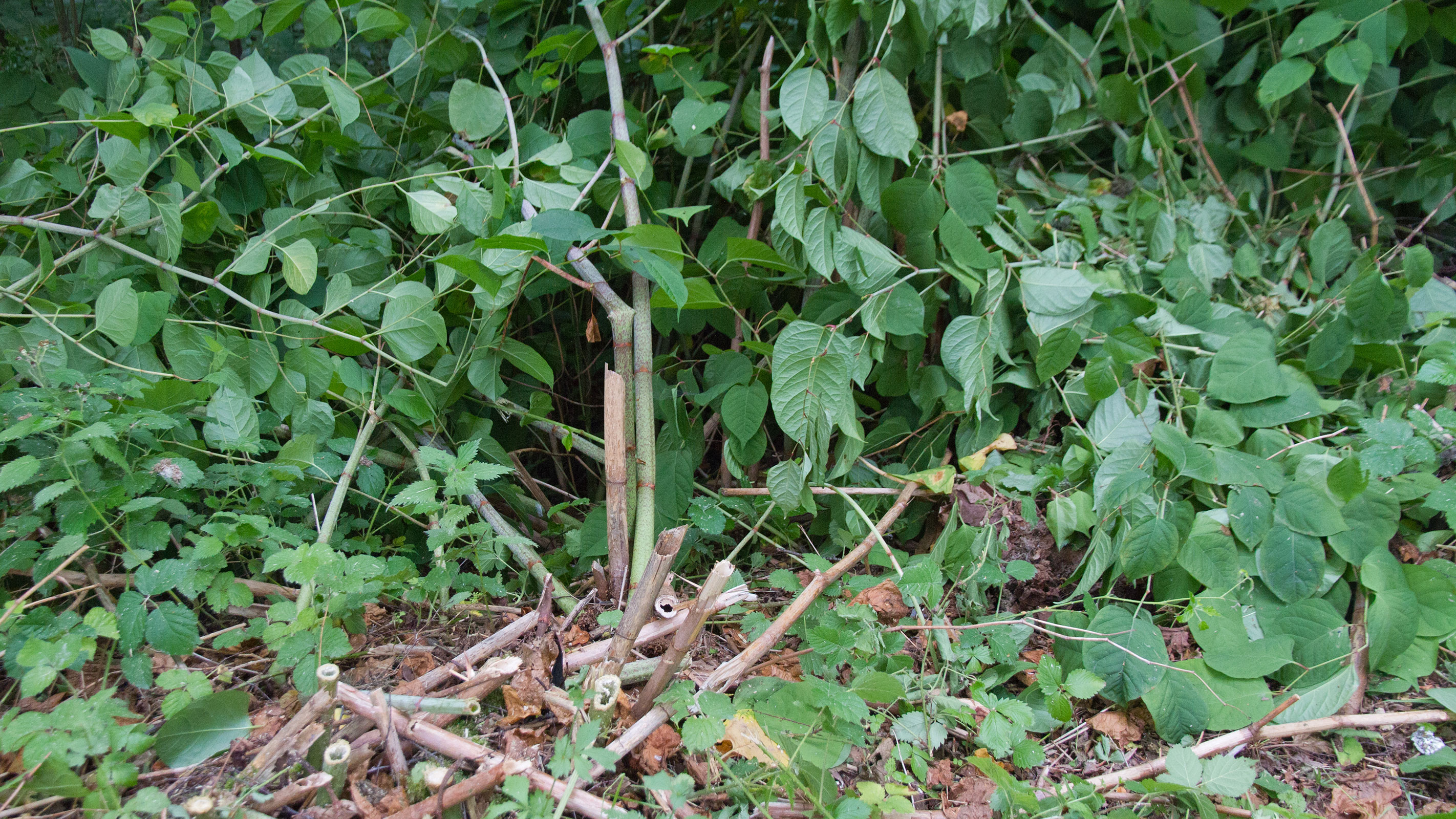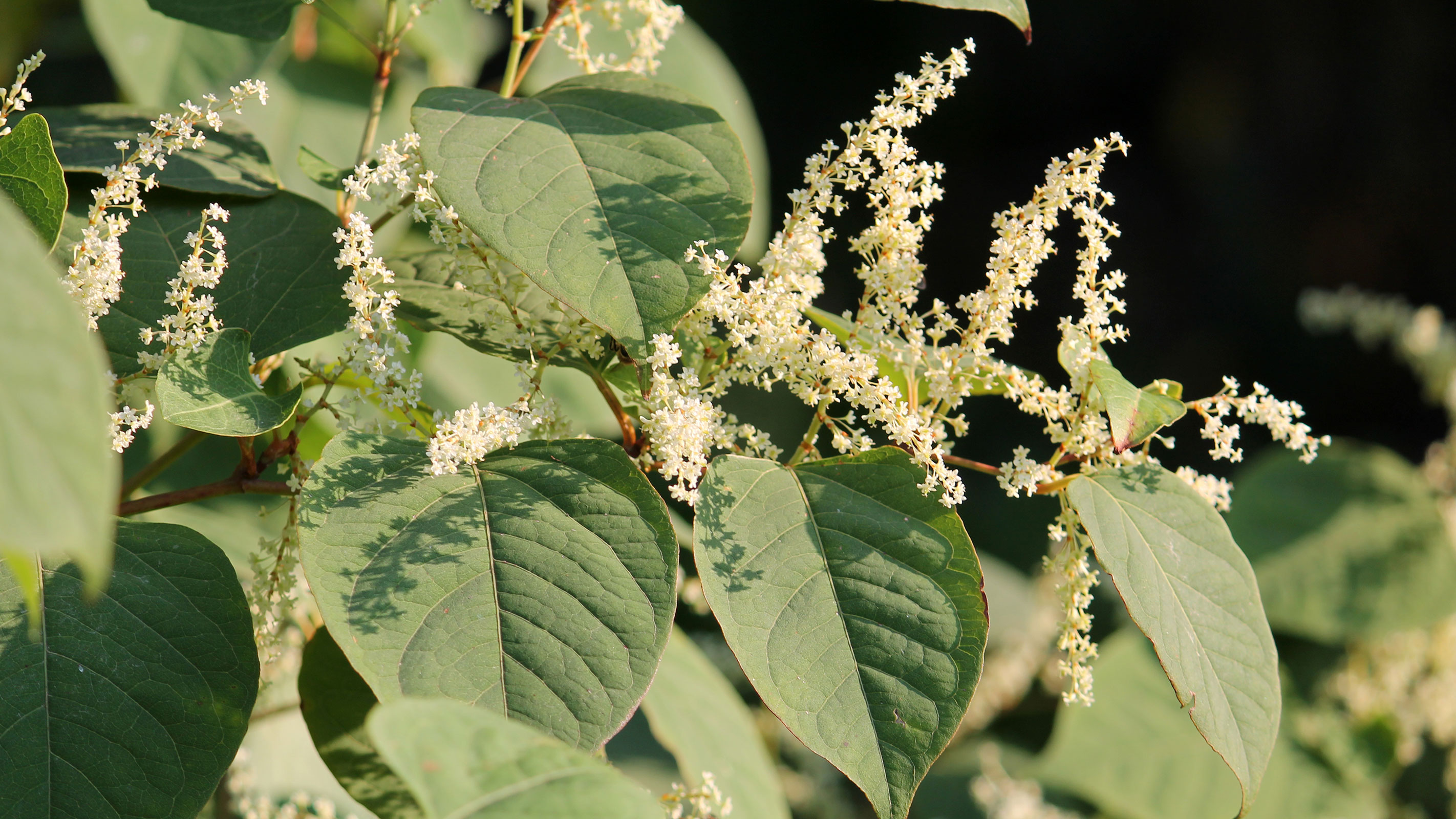How much does Japanese knotweed removal cost?
Wondering how much Japanese knotweed removal costs? We're here with all the information you need to understand how much you will need to pay to get rid of this problem

It is really important to know how much Japanese knotweed removal costs if you are grappling with this rampant and highly invasive plant species.
Japanese knotweed removal is hugely important for many reasons. It can cause damage to other plants in the garden, as well as patios, drains and driveways and perhaps even more worryingly, buildings.
While all of this alone is enough to make this a massively concerning issue for homeowners who may have spotted it on their property, it can also have an effect on whether or not a mortgage will be offered as well as negatively impacting resale value.
"Given the damage that knotweed can potentially cause to property, banks and building societies in the UK have imposed strict lending criteria where knotweed is identified," say the experts at Environet, the UK’s leading specialist in the removal of Japanese knotweed, bamboo and other invasive plants. "It is widely acknowledged that the presence of Japanese knotweed on a property can negatively impact its value and saleability. Thankfully, many lenders take a pragmatic approach and with the right treatment programme and guarantee in place, you should have no problem selling a property affected by knotweed."
In this guide we take a look at how much it is likely to cost you to get rid of Japanese knotweed and the best options when it comes to its removal.
How much does Japanese knotweed removal cost?
When it comes to how to kill Japanese knotweed, there are several methods commonly used and the one you opt for will effect how much you pay to rid yourself of the problem.
According to Environet, the factors that determine how much your quotes for Japanese knotweed removal are likely to come in at include:
- The quantity of knotweed and its maturity
- Site conditions
- Access
- The depth and spread of the rhizomes
- Ground conditions
- Location
- The kind of guarantee you require
Despite these variations in price, it is still possible to get an idea of costs to kill Japanese knotweed.
“Herbicide treatment of knotweed is the least expensive option, costing around £3,000, but the chemicals can induce the plant into dormancy rather than kill it completely, so it should only be considered a control method," explains Nic Seal, managing director of Environet. "There may be no above-ground growth visible after treatment over two or three growing seasons, but knotweed is rather like an iceberg with a vast underground root and rhizome system that can remain dormant but alive for twenty years or more. When the ground is disturbed through building work, the rhizome can be ‘woken’ from its dormancy, prompting the plant to regrow.
"If you ignore the risks and build over it, it will simply grow horizontally and emerge at the side of the building. If there’s no concrete foundation, such as in a shed or garden office, there’s a good chance it will emerge through the floor. Then it’s a much more difficult and expensive problem to solve.
“Someone with Japanese knotweed in their garden who is planning to do any kind of building work, such as an extension or garden office, really only has one viable option and that’s to excavate it from the ground. Prices for professional knotweed excavation depend on the size of the infestation but usually start at around £5,000."

Can I remove Japanese knotweed myself?
While it might seem tempting to try your hand at some DIY Japanese knotweed removal, this really is a very bad idea that could well make the problem worse.
"Don’t try and dig Japanese knotweed out yourself. Movement of the ground is likely to stimulate growth and if a piece of rhizome the size of a fingernail is left behind, it can regrow," says Nic Seal.
Additionally, you can't just throw any knotweed you get out of the ground into your garden waste bin – it is classed as 'controlled waste' so requires disposal at licensed landfill sites.
Which type of Japanese knotweed removal should I choose?
While both herbicide treatments and complete removal are options offered to homeowners by professionals, removal tends to be the safest option and the one most commonly chosen despite its higher cost implications.
“Because property sellers are required to declare if their property is affected by knotweed when they sell, homeowners are increasingly opting for removal over herbicide," says Nic Seal. "Buyers are usually far more reassured when knotweed has been professionally removed and an insurance-backed guarantee provided, than if it’s been herbicide treated and is still present beneath the ground. Preserving a property’s value is usually the top priority.”
What does Japanese knotweed look like?
If left unchecked, Japanese knotweed can spread really quickly so it is important to know what to look out for. Here in the UK, we only have the ‘female version’ of the plant.
While the shoots, leaves and flowers are the parts of the plant that help identify it, it is also important to be aware that the roots of Japanese knotweed (known as rhizomes) are the horizontal underground plant stems that produce shoots and root systems for new plants — and they can stretch for more than three metres from the visible sections of the plant.
If you are worried that you have spotted what looks like Japanese knotweed in your garden, here are some tips to help identify it.
In the spring, look out for new growth, visible in the form of:
- Fast-growing red/purple shoots that look a little like asparagus spears
- Upward facing, hollow-stemmed shoots that look like bamboo
- Leaves that grow on either sides of the stems to produce an alternating pattern
In the summer, Japanese knotweed can be identified by:
- Large green heart or shovel-shaped leaves that can grow up to 200mm long
- Clumps of creamy-white 'frothy' flowers
- Upright stems that can grow up to 3.5m tall

Get the Homebuilding & Renovating Newsletter
Bring your dream home to life with expert advice, how to guides and design inspiration. Sign up for our newsletter and get two free tickets to a Homebuilding & Renovating Show near you.
Natasha was Homebuilding & Renovating’s Associate Content Editor and was a member of the Homebuilding team for over two decades. In her role on Homebuilding & Renovating she imparted her knowledge on a wide range of renovation topics, from window condensation to renovating bathrooms, to removing walls and adding an extension. She continues to write for Homebuilding on these topics, and more. An experienced journalist and renovation expert, she also writes for a number of other homes titles, including Homes & Gardens and Ideal Homes. Over the years Natasha has renovated and carried out a side extension to a Victorian terrace. She is currently living in the rural Edwardian cottage she renovated and extended on a largely DIY basis, living on site for the duration of the project.

